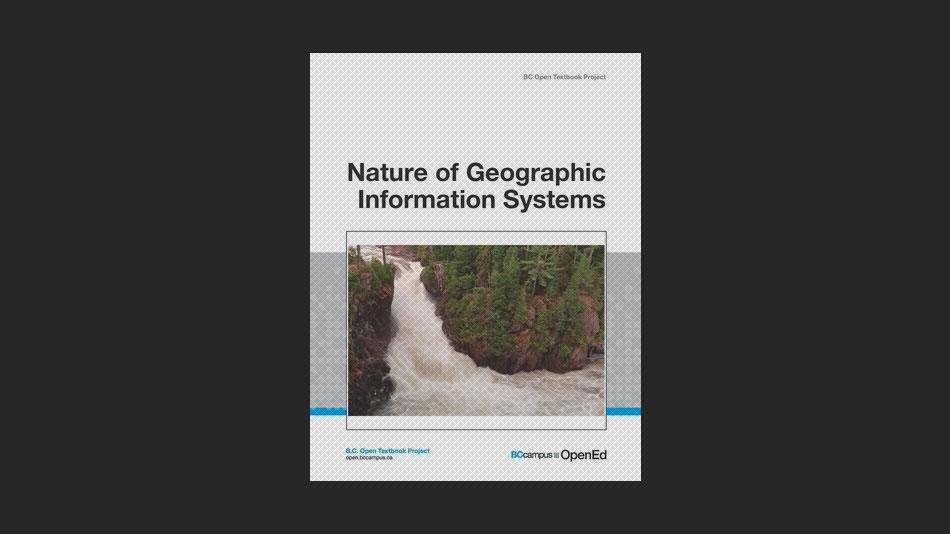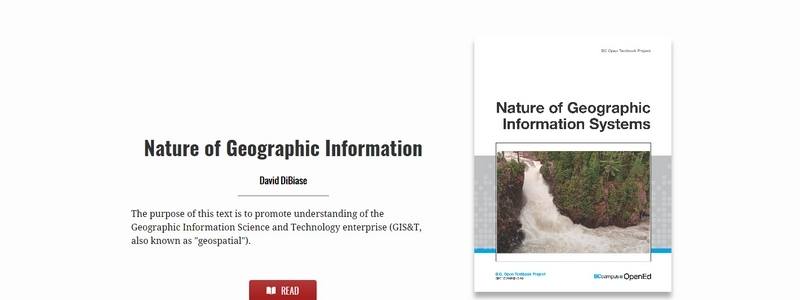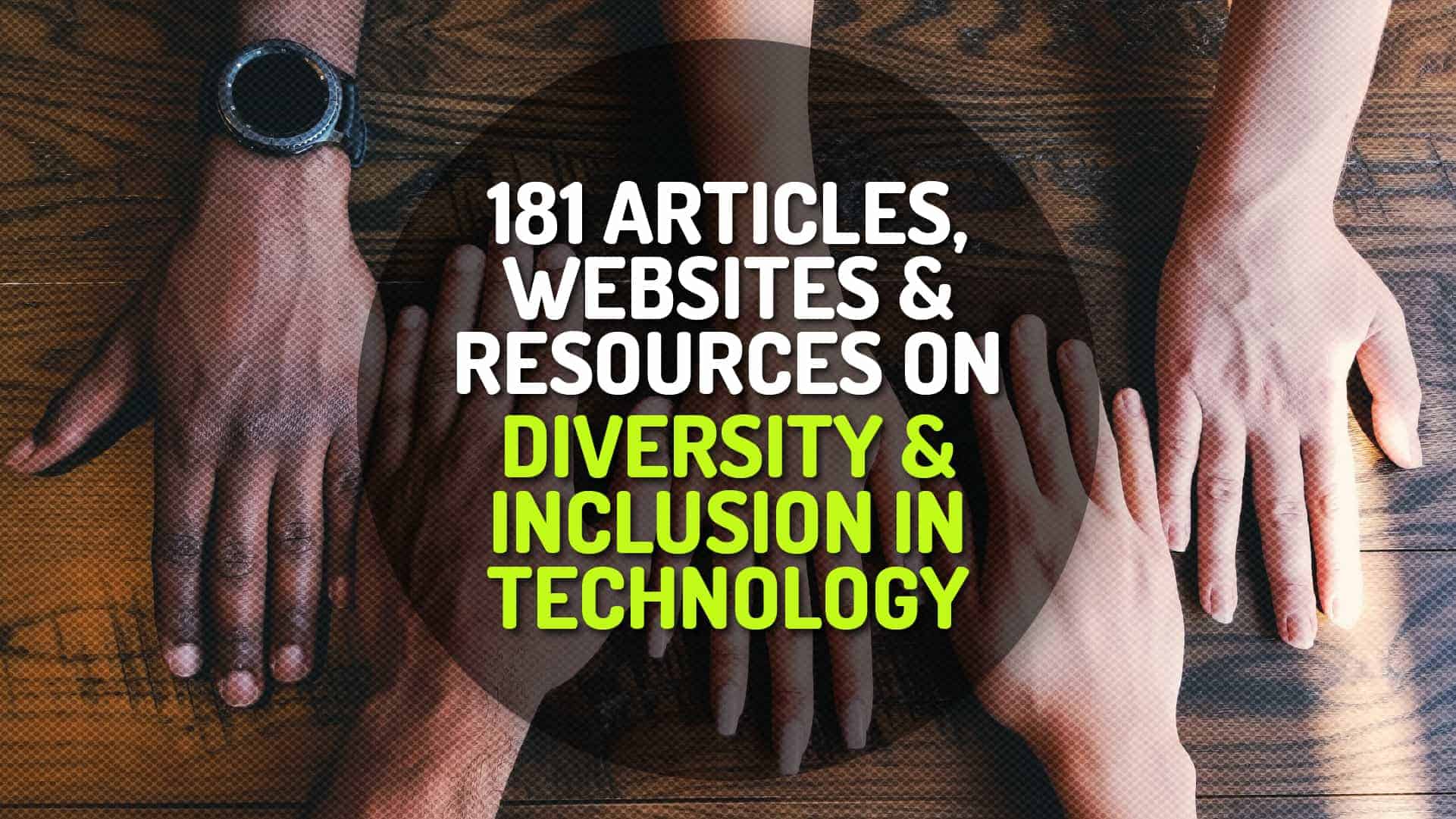The purpose of this text is to promote understanding of the Geographic Information Science and Technology enterprise (GIS&T, also known as ‘geospatia’). Since David began writing in 1997 it has been a vehicle for him to understand the field better, and to help his students do the same. Originally his students were undergraduates enrolled in the Penn State course GEOG 121 (now 160): Mapping Our Changing World. Later, he developed an online text for students in our Postbaccalaureate Certificate Program in GIS and Master of GIS (MGIS) degree program, both offered to adult professionals across the country and around the world through the University’s ‘World Campus.’
A short version that includes ArcGIS exercises appears in Esri’s Virtual Campus as ‘Understanding Geographic Data.’ Now, with the blessings of both Penn State and Esri, he is pleased to share the text with students and teachers everywhere as part of an Open Educational Resources initiative of Penn State’s John A. Dutton e-Education Institute. You are welcome to use and re-use materials that appear in this text (other than those copyrighted by others) subject to the licensing agreement linked to the bottom of this and every page.
GIS&T is the intersection of professions, institutions, and technologies that produce geographic data and render information from it. It is a rapidly growing and evolving field. Learning is a way of life for all GIS&T professionals. With this in mind, David hopes that this text may contribute to your lifelong exploration of how geospatial technologies can be used to improve the quality of life-yours and your neighbors’, locally and globally, now and in the future.





